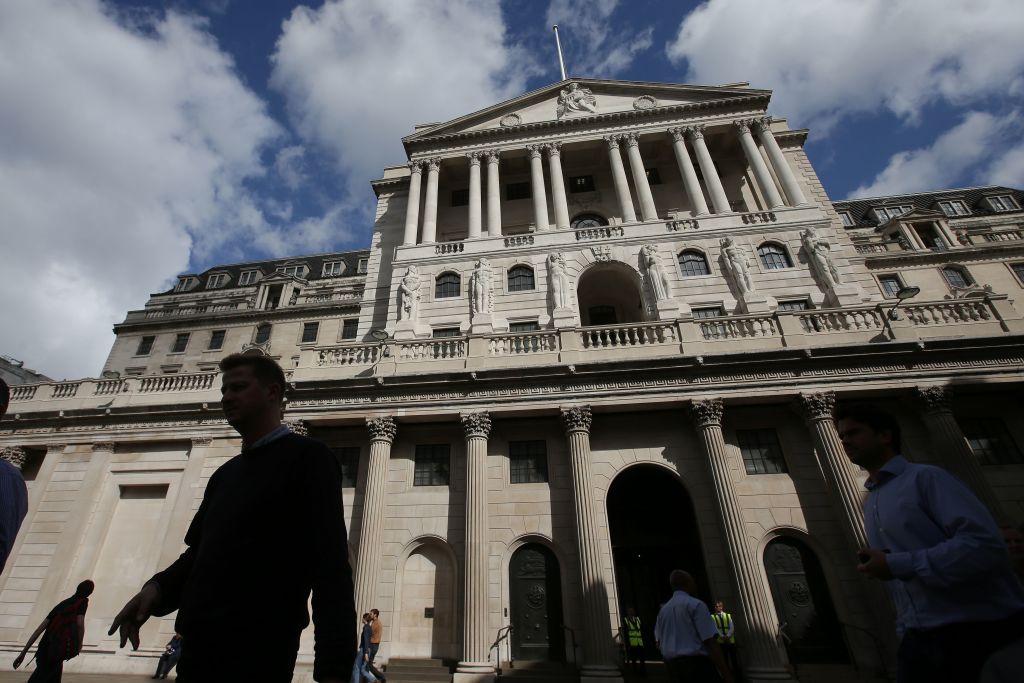It took all of five minutes for news of the Bank of England’s first rise in base rate for over a decade to be blamed on Brexit. The Guardian’s live blog, for example, suggested that the rise was ‘to prevent the cost of goods bought in the UK from spiralling further’, following the fall in sterling.
Well no, actually. The explanatory notes from the Monetary Policy Committee (MPC) explain that it voted 7-2 to raise rates because the slack in the UK economy has fallen. With unemployment at a 40 year low, it fears that inflation could run ahead of itself unless dampened by an interest rate rise. The inflationary effects of low sterling, it adds, are falling away, but ‘net trade is bolstered by the strong global expansion and the past depreciation of sterling. Business investment is being affected by uncertainties around Brexit, but it continues to grow at a moderate pace, supported by strong global demand, high rates of profitability, the low cost of capital and limited spare capacity’.
In other words the economy is doing much better than the MPC assumed it would when, in August 2016, it cut rates in half to 0.25 per cent. On that occasion it explained:
‘If the incoming data prove broadly consistent with the August Inflation Report forecast, a majority of members expect to support a further cut in Bank Rate to its effective lower bound at one of the MPC’s forthcoming meetings during the course of the year. The MPC currently judges this bound to be close to, but a little above, zero.’
Wouldn’t it have been nice if the MPC could have admitted that it had got things wrong? Now, it hints that this rise will not be the last as the economy runs ahead. It would have been better if there had been no cut in August 2016 to reverse. Better still, it would have been better had the emergency 0.5 per cent rate introduced in early 2009 to stave off global depression had been raised as soon as the emergency had lifted – which is at least seven years ago now.
The price of holding rates down so long is that the Bank of England’s base rate is no longer the monetary lever it once was. Time was when the nation waited on baited breath for the Bank’s latest move. Now, the market has much more influence on the rates borrowers actually pay. This will be the first rate rise since July 2007, when the base rate was lifted to 5.75 per cent. That might sound frightening to young consumers who have known only base rates of 0.5 and 0.25 per cent. But it doesn’t necessarily mean that borrowers are paying less for their loans now than they were then – on the contrary, some credit card rates are higher. Mortgage rates used to slavishly follow the base rate – add half a per cent to the base rate and you could be pretty sure that that is what you would pay. Now, however, mortgage rates stand around two per cent above the base rate.
In any case, 80 per cent of new loans, according to the Council of Mortgage Lenders, are on fixed rates, so repayments will not be affected for a while. What goes on in Threadneedle Street is a lot less relevant to consumers than it used to be.







Comments